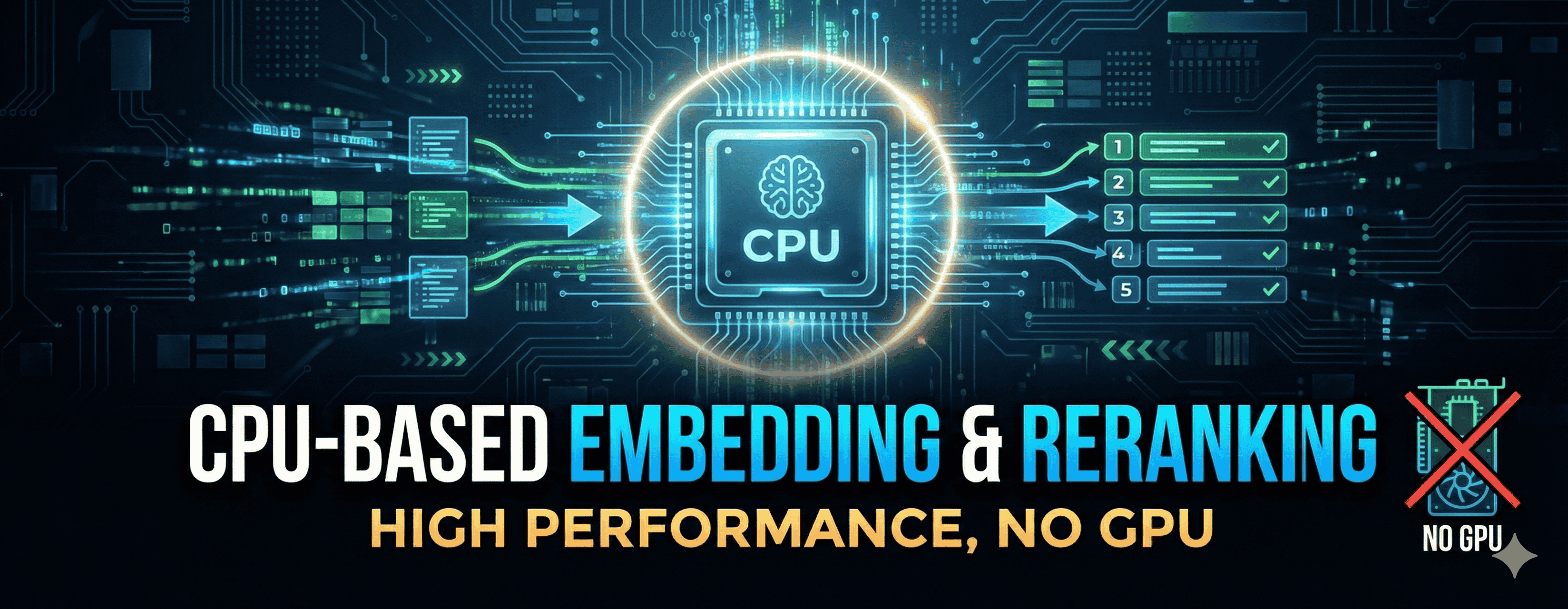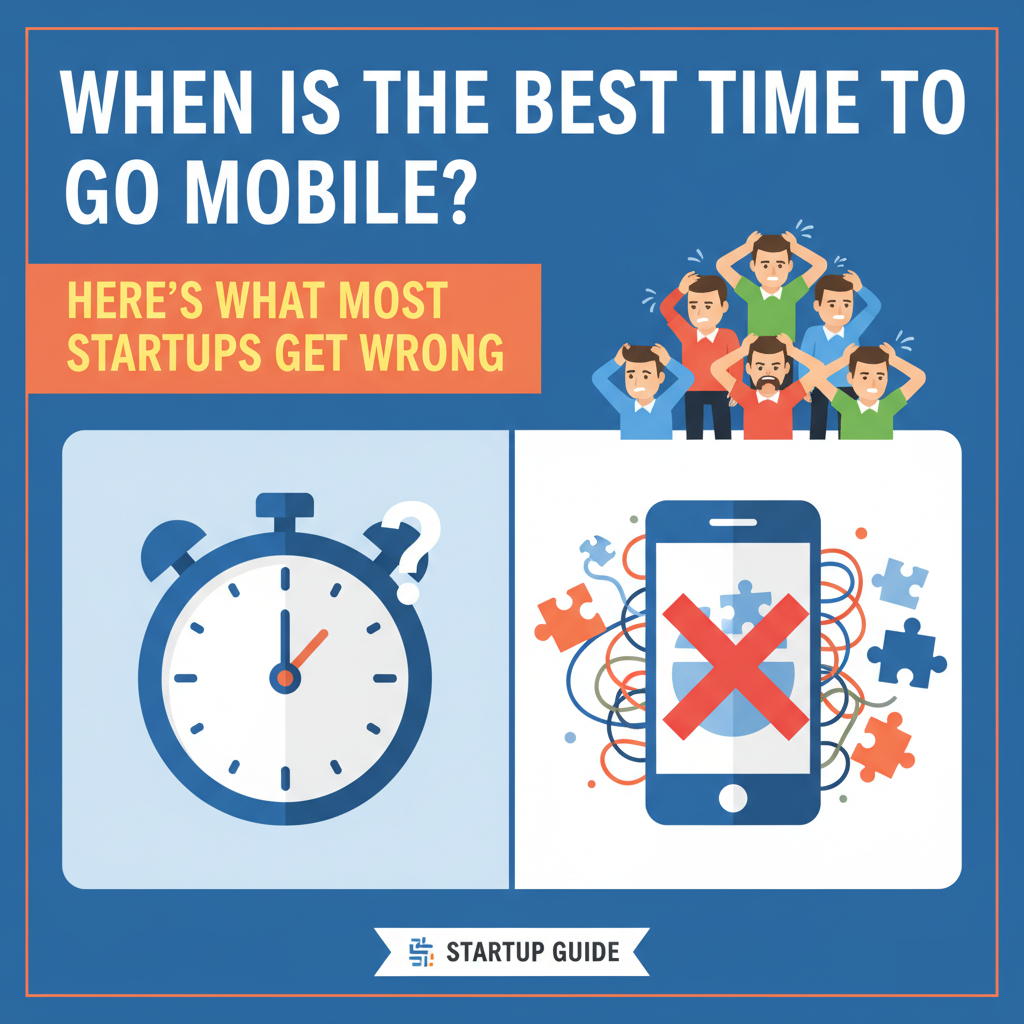Introduction
In the rapidly evolving landscape of Retrieval-Augmented Generation (RAG) systems, organizations face a critical challenge: balancing performance with cost. While cloud-based embedding services like OpenAI's offerings deliver quality results, they come with ongoing expenses and dependency on external APIs. Meanwhile, traditional LangChain implementations often lock teams into expensive, proprietary solutions.
Our team sought a different path—one that prioritized autonomy, cost efficiency, and performance without sacrificing quality. This is the story of how we deployed an open-source RAG system using the Infinity inference server, achieving superior accuracy and speed while dramatically reducing operational costs.
The Challenge: Breaking Free from Expensive Embedding Services
Traditional RAG implementations typically rely on one of two approaches:
-
Commercial API Services: Services like OpenAI's embeddings offer convenience but create ongoing costs that scale with usage. These expenses can become prohibitive as your knowledge base and user queries grow.
-
LangChain with Proprietary Models: While LangChain provides excellent abstractions, many implementations default to paid embedding services, creating vendor lock-in and recurring costs.
Both approaches share a common weakness: they externalize a critical component of your AI infrastructure, leading to unpredictable costs and reduced control over performance optimization.
Our Solution: Self-Hosted Inference with Infinity Server
We adopted a fundamentally different architecture by deploying the open-source Infinity inference server with state-of-the-art open models. This approach gave us complete control over our embedding and reranking pipeline while eliminating per-request API costs.
System Architecture Overview
Our implementation consists of three key components:
-
Infinity Inference Server: Hosts embedding and reranking models locally
-
BGE-Large Embedding Model: Generates high-quality 1024-dimensional embeddings
-
MiniLM Reranker: Refines retrieval results for maximum relevance
Technical Deep Dive: The Infinity Setup
Docker Deployment
We deployed Infinity as a containerized service, ensuring reproducibility and easy scaling:
docker run -d --name infinity-min --net=host \
-v /opt/infinity/cache:/app/.cache \
-e HF_TOKEN="$(grep ^HF_TOKEN /opt/infinity/.env | cut -d= -f2-)" \
-e HF_HOME=/app/.cache \
michaelf34/infinity:latest \
v2 \
--model-id BAAI/bge-large-en-v1.5 \
--port 7997 \
--api-key "$(grep ^INFINITY_API_KEY /opt/infinity/.env | cut -d= -f2-)"This configuration provides:
- Persistent caching of HuggingFace models to avoid repeated downloads
- Secure API access with key-based authentication
- Network-wide availability for multiple clients (chatbots, background jobs, APIs)
- Zero external dependencies after initial model download
The Two-Stage RAG Pipeline
Our RAG system implements a sophisticated two-stage retrieval process that dramatically improves both recall and precision:
Stage 1: Semantic Embedding with BGE-Large
The BGE (BAAI General Embedding) Large model serves as our primary embedding engine. BGE-Large achieved rank 1 on the MTEB (Massive Text Embedding Benchmark) and C-MTEB benchmarks, demonstrating state-of-the-art performance across diverse retrieval tasks.
Why BGE-Large?
BGE models outperform OpenAI's ada embeddings (which use 1536 dimensions) on MTEB benchmarks, providing superior semantic understanding in a more compact representation. The 1024-dimensional embeddings strike an optimal balance between:
- Rich semantic representation
- Memory efficiency in vector databases
- Fast similarity computation
Document Indexing Process:
curl -X POST "http://server:7997/embeddings" \
-H "Authorization: Bearer <API_KEY>" \
-H "Content-Type: application/json" \
-d '{"model":"BAAI/bge-large-en-v1.5","input":["document text here"]}'Documents are embedded and stored in Chroma DB, creating a semantic vector index that enables lightning-fast similarity searches across our entire knowledge base.
Stage 2: Precision Reranking with MiniLM
While embeddings excel at recall (finding relevant candidates), they have limitations. Bi-encoders must compress all possible meanings of a document into a single vector, resulting in information loss, and they lack context on the query because embeddings are created before query time.
This is where our reranking layer transforms system performance.
The Reranker Advantage:
Cross-encoder rerankers filter out irrelevant documents that can cause LLMs to generate inaccurate or nonsensical responses (hallucinations), while also reducing costs by focusing on the most relevant documents.
Our MiniLM-based cross-encoder analyzes the query and each retrieved document together, producing nuanced relevance scores. Research shows a 5% improvement in Context Adherence when using rerankers, suggesting a reduction in hallucinations.
Why Use a Smaller Reranker?
The MiniLM cross-encoder was chosen strategically:
- CPU-friendly: Runs efficiently on standard server hardware
- Fast inference: Handles top-N reranking in milliseconds
- Quality preservation: Cross-encoder rerankers demonstrate superior performance in accuracy and contextual understanding compared to standard RAG models, particularly for complex and specific queries
Performance Benefits: What We Achieved
1. Superior Accuracy and Reduced Hallucinations
The combination of BGE-Large embeddings and cross-encoder reranking delivers measurable quality improvements:
-
Better semantic understanding: High-dimensional embeddings capture nuanced meanings
-
Precision-focused retrieval: Reranking ensures the most relevant documents reach the LLM
-
Hallucination reduction: Cross-encoders deliver +28% NDCG@10 improvements over baseline retrievers, which correlates with measurably lower hallucination rates in RAG applications
2. Cost Efficiency at Scale
By eliminating per-request API costs, we achieved dramatic cost reductions:
-
No embedding API fees: Zero ongoing costs for document and query embedding
-
Infrastructure control: Predictable hosting costs on our own servers
-
Scalability without penalty: Processing more queries doesn't increase marginal costs
When using a reranker like zerank-1 to filter candidates before sending to GPT-4o, organizations can achieve 72% cost reduction while preserving 95% of full-model accuracy. Our self-hosted approach takes this further by eliminating embedding costs entirely.
3. CPU-Only Operation: A Game Changer
Perhaps our most surprising finding: CPUs can offer cost-effective and energy-efficient solutions for smaller models and less intensive applications, with a CPU-only system providing significant cost savings while still delivering performance for appropriate workloads.
CPU vs. GPU Economics:
-
No GPU rental fees: Eliminating GPU requirements slashes infrastructure costs
-
Easier deployment: Standard server instances without specialized hardware
-
Better resource utilization: Static embedding-based models are realistically 100x to 400x faster on CPUs than common efficient alternatives for certain workloads
-
CPU deployment is cheap and easy to scale, making it ideal for production environments
4. Speed and Latency Optimization
Despite CPU-only operation, our system maintains impressive performance:
-
Fast vector search: Chroma DB handles similarity searches across large knowledge bases efficiently
-
Optimized batch processing: Reranking operates on small candidate sets (top-N results)
-
Minimal overhead: ONNX model quantization can make embedding computation up to 3X faster, further improving response times
The trade-off is slightly longer startup latency as models load into memory, but query-time performance remains excellent for production workloads.
Real-World Impact: The Complete Picture
Here's what our deployment achieved in practice:
| Metric | Our System (Infinity + BGE + MiniLM) | Traditional Approach (OpenAI APIs) |
|---|---|---|
| Per-query cost | $0.00 (after infrastructure) | $0.0001-0.001+ per embedding |
| Semantic quality | MTEB rank 1 performance | High quality, proprietary |
| Hallucination reduction | 5%+ improvement via reranking | Depends on implementation |
| Infrastructure cost | Predictable CPU hosting | GPU or API costs scale with usage |
| Response latency | ~100-300ms (depending on load) | Variable (network + API) |
| Scalability | Linear with CPU resources | Limited by API quotas |
Implementation Recommendations
Based on our experience, here are key recommendations for teams considering this approach:
1. Start with the Right Foundation
-
Use Docker: Containerization ensures consistent deployment across environments
-
Cache models locally: Store HuggingFace models to eliminate download overhead
-
Plan for memory: BGE-Large requires adequate RAM; bge-large-en-v1.5 is 1.34 GB with 1,024 embedding dimensions
2. Optimize Your Reranking Strategy
-
Limit candidate sets: Rerank only top-N results (we use top-25) to manage latency
-
Batch when possible: Group queries for more efficient processing
-
Monitor performance: Track reranking time separately to identify bottlenecks
3. Balance Quality and Speed
-
Longer startup time is acceptable: Model loading adds latency, but query performance matters most
-
Use appropriate hardware: Modern CPUs with AVX-512 extensions significantly boost performance
-
Consider quantization: Model quantization can provide 1.2x-1.6x speedup even without specialized CPU instructions
4. Test with Your Data
Always experiment with your own data spoken language, sentence length, vector width, vocabulary, and other factors all impact how a model performs. Benchmarks provide guidance, but real-world testing is essential.
The Broader Implications
Our experience demonstrates that organizations don't need to accept the false choice between quality and cost in RAG systems. By leveraging open-source models and self-hosted inference:
-
You gain control: No vendor lock in, no API quotas, no usage based pricing surprises
-
You maintain quality: State of the art models like BGE-Large rival or exceed commercial alternatives
-
You reduce costs: Eliminate per request charges and unpredictable scaling costs
-
You enable innovation: Full access to model internals for fine-tuning and optimization
The BGE model series has achieved over 20 million downloads from Hugging Face since its release in August 2023, demonstrating widespread adoption and community validation.
Technical Summary
Architecture Components:
- Infinity inference server (Docker-based)
- BGE-Large-en-v1.5 (1024-dimensional embeddings)
- MiniLM cross-encoder reranker
- Chroma DB vector database
- CPU-only operation
- Key Performance Metrics:
- MTEB rank 1 performance on embeddings
- 5%+ hallucination reduction via reranking
- 28%+ NDCG@10 improvement with cross-encoder reranking
- 100-400x CPU speedup potential (with optimization)
- Zero per-request API costs
- Deployment Benefits:
- Reproducible Docker setup
- Centralized inference service
- No GPU requirements
- Scales linearly with CPU resources
- Complete data sovereignty
This architecture proves that cutting edge RAG performance doesn't require cutting edge costs.
Conclusion
The Infinity server deployment with BGE Large embeddings and MiniLM reranking represents a mature, production ready alternative to commercial embedding services. By running entirely on CPU infrastructure, this architecture challenges the assumption that high performance RAG requires expensive GPU resources or ongoing API costs.
For organizations building RAG systems, the message is clear: open source, self hosted inference is not just viable—it's often superior to commercial alternatives in both performance and total cost of ownership.
The accuracy boost from sophisticated two stage retrieval, combined with dramatically lower hallucination rates and predictable infrastructure costs, makes this approach compelling for any team serious about deploying RAG at scale.




